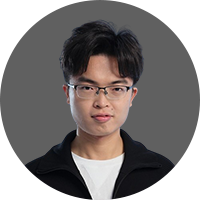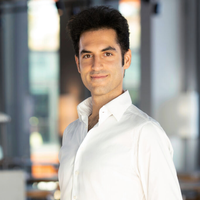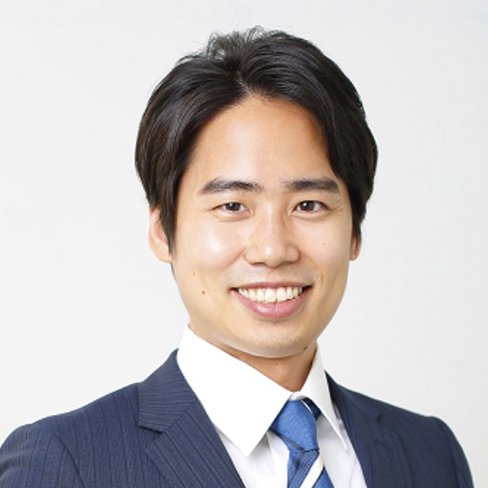A "high-risk approach" that prioritizes intervention for high-risk patients is often adopted in medicine and public health. For example, to prevent lifestyle-related diseases, interventions such as lifestyle guidance and drug prescriptions are targeted to those at high risk of developing diseases in the future based on test values obtained from health checkup.
However, the high-risk approach does not necessarily guarantee adequate treatment effects. Kosuke Inoue, Associate Professor at Kyoto University's Hakubi Center, is the first in the world to advocate a "high-benefit approach," in which intervention should be focused on groups where it is highly efficacious instead of groups at high risk. The utility of such an approach was verified in a hypertension study conducted in collaboration with the University of California, Los Angeles (UCLA) and Stanford University.
The breakthrough of Inoue's approach is the use of "causal forests," a cutting-edge artificial intelligence (AI) model, to efficiently identify individuals for whom high treatment efficacy can be achieved. Causal forests are machine-learning models that combine multiple decision trees to evaluate causal relationships. This model makes it possible to quantitatively assess, with high accuracy, the causal relationship between the kinds of outcomes that are achieved by a particular intervention (treatment).
Inoue started conducting research on the high-benefit approach after attending a lecture on causal forests while studying abroad at UCLA. He recalled both the great inspiration he drew as well as the struggles he encountered in his attempt to adapt the cutting-edge machine-learning model born out of economics and frame it within the context of clinical medicine.
Inoue has also stated the need to illuminate the reasons for this approach to groups at high risk but for whom efficacy is low, and that alternative means of intervention should be considered. If effective intervention can be proposed for each individual based on their situation, this will help rectify health disparities without marginalizing groups for whom a specific intervention is not effective. The high-benefit approach advocated by Inoue has the potential to become the cornerstone for sparking disruptive innovations that will break new ground for personalized medicine.




